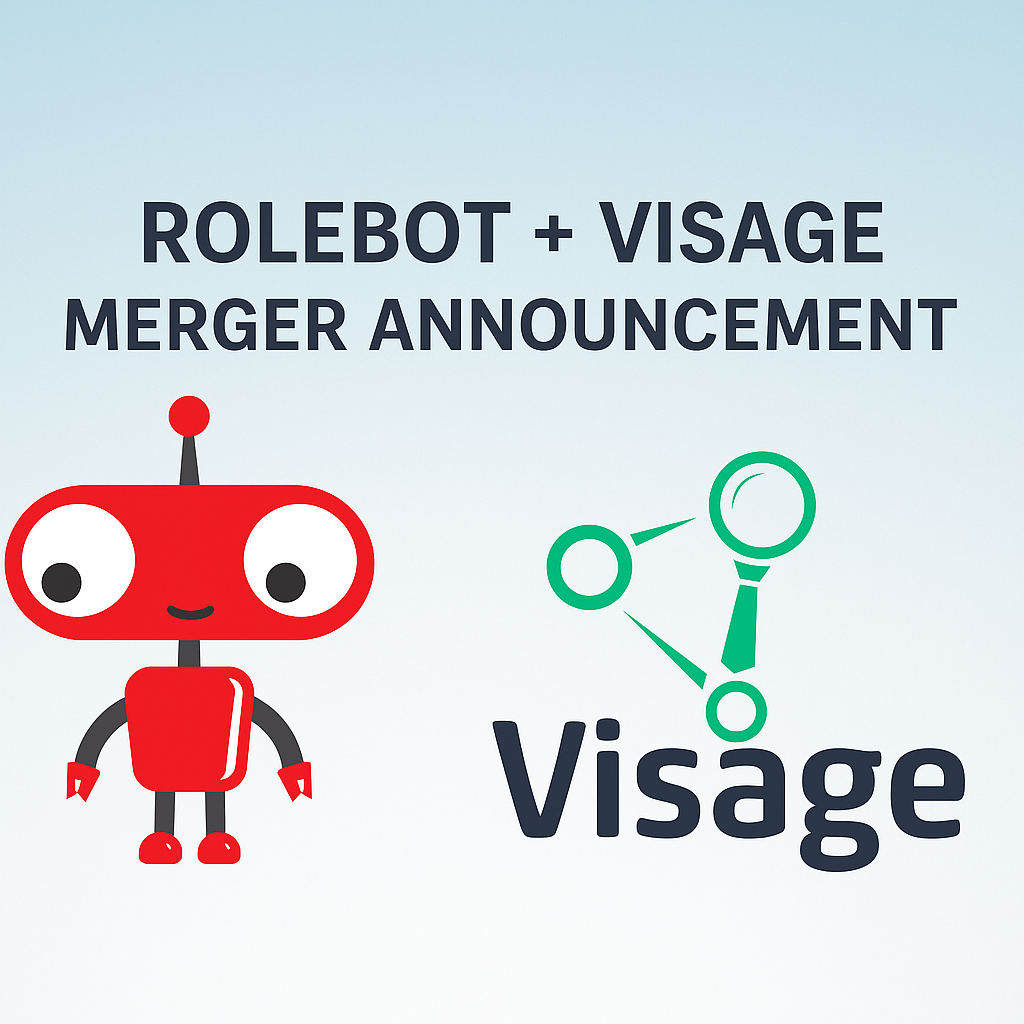Why Organizations Need to Stop Looking for "Culture Fit" and Start Focusing on "Culture Add"
We need to talk about a hiring concept that is as outdated as dial-up internet: culture fit. It's time to shift the hiring focus from culture fit to culture add.
For those unfamiliar with the term, "culture fit" refers to hiring employees who fit seamlessly into the company's existing culture. It's been a buzzword in the hiring world for years, but it's time to admit it's doing more harm than good.
Let us paint a picture for you. You're sitting in a stuffy conference room, interviewing a candidate who seems perfect on paper. They have all the qualifications, experience and education you're looking for. You ask them the infamous question: "Can you tell us about a time when you didn't get along with a coworker?" Their response? "I've never had that problem. I get along with everyone because I'm a team player and fit in with the company culture."
You smile, nod and jot down a note that says "culture fit - check." But wait, there's a problem here. Did you hire this candidate solely because they "fit in" with your company culture? Did you consider the possibility that they could add something unique and valuable to your team that you didn't even know you needed?
This is where the concept of culture add comes into play. Culture add focuses on what a candidate can bring to the table that's new and different rather than simply how well they "fit in" with the current team. Culture add is about bringing in individuals who can bring something fresh, new, and diverse to the team. They should be able to integrate and collaborate while also challenging the status quo.
Why is this shift from culture fit to culture add so significant?
DEI
The world is diverse, and your company should be too. According to a study by Research & Markets, diverse companies earn 2.5 times higher cash flow per employee, and inclusive teams are more productive by over 35%.
The problem with "culture fit" is that it often leads to a homogenous workforce. Companies end up hiring people who look and think like everyone else in the company, which stifles innovation and creativity.
"Culture fit" can also lead to discrimination. When companies only look for people who fit into their existing culture, they may unconsciously (or consciously) exclude people who don't fit the mold.
By shifting the focus to culture add, you open the door to a more diverse pool of candidates who can bring fresh perspectives, challenge assumptions and ultimately help your company succeed.
Innovation
Speaking of innovation, let's discuss how a “culture add” approach can drive it. When you're only hiring people who "fit in," you're missing out on the potential for someone to come in and shake things up positively. If you have a very uniform company culture, you're not going to innovate.
When you bring in people with diverse backgrounds and experiences, you're introducing new ideas and ways of thinking that can lead to innovative solutions to problems your company is facing. Innovation is driven by diversity of thought and unique experiences and backgrounds. By shifting to a culture add approach, you're not just hiring for today's needs but also for the future potential of your team.
Retention
Have you ever hired someone who seemed like a perfect culture fit, only to have them leave within a few months because they didn't feel like they truly belonged? When you focus solely on culture fit, you risk hiring people who may not be the best long-term fit for your team.
On the other hand, when you hire for culture add, you're more likely to bring in people who are excited to be a part of your team because they were hired because of that “something extra” they’re bringing to the table rather than to fit into an existing culture.
Breaking Free of the Culture-fit Mindset
It's challenging to break out of the "culture fit" mindset and start thinking about what someone can add to the culture rather than how well they'll fit in. But it's worth it.
So how can companies shift their hiring focus to "culture add?" Here are a few tips:
Identify Your Company's Values
Start by defining the values that are important to your organization. Are you a company that values creativity, innovation and risk-taking? Do you place a higher emphasis on collaboration, teamwork and empathy? Once you clearly understand your values, you can look for candidates who embody those values rather than simply fit in with the current culture.
Broaden the Candidate Pool
One of the biggest challenges in hiring for "culture add" is finding candidates who are outside the usual networks. Rolebot, for instance, targets diverse candidate pools and ensures 33 percent of candidates surfaced across every role served are diverse. If your organization is working to foster a more equitable workplace by focusing on diversity, it starts at the sourcing phase.
Rethink Your Job Postings
Job descriptions are often a major barrier to diversity in the hiring process. They tend to be written in a way that only appeals to a specific type of candidate, and they may use exclusionary language. Focus on the skills and experiences that someone can bring to the table rather than a laundry list of requirements.
Instead of using the same old jargon and buzzwords every other business uses in their descriptions, inject some personality and humor into your language. This will help you attract candidates who are not only qualified for the role but also share your organization’s sense of humor and approach to work.
Focus on Skills and Potential
When evaluating candidates, look beyond their resume and qualifications. Consider the skills and potential they bring to the table. Do they have a unique perspective or background that could add value to your team? Are they passionate about the work they do? You can build a diverse, dynamic, and innovative team by focusing on these factors.
Ditch the Traditional Interview Process
Instead of relying solely on traditional interviews, consider adding unconventional elements to your hiring process. For example, you could have candidates participate in a group brainstorming session or complete a creative challenge related to the job. This will help you better understand their collaborative skills, creativity and problem-solving abilities.
Have Some Fun with Employee Onboarding
Once you've found your new hires, remember to make the onboarding process fun and engaging. Consider creating a scavenger hunt that takes new employees around the office to meet their colleagues or hosting virtual team-building activities encouraging collaboration and creativity. This will help your new hires feel welcome, valued and excited to be a part of your company's culture.
Make every hire a culture add.
This Could Also Interest You:



